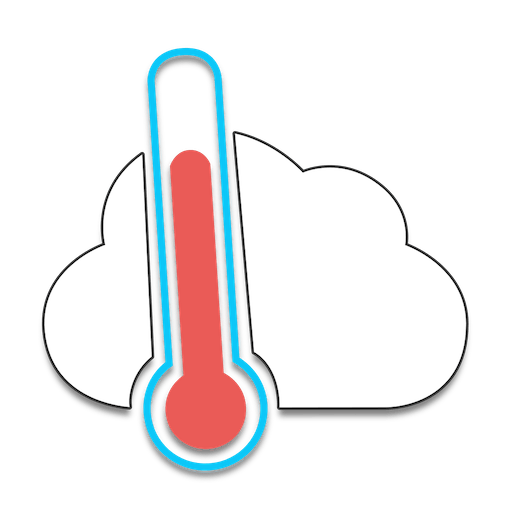A developing low pressure system in Montana is set to move eastwards overnight bringing rain and thunderstorms to much of Saskatchewan and Western Manitoba. Complex dynamics come into play as it moves into the Red River Valley, resulting in some uncertainty to exactly what Winnipeg and the Red River Valley will see come tomorrow evening.
A large area of rain and thunderstorms will develop north of a low pressure system tracking across the Northern Plains of the United States stretching northward to a parent low pressure system anchored to a strong upper feature moving across Central Alberta into Central Saskatchewan. This area of precipitation will track into Southwestern Manitoba by Tuesday morning.

12Z 26 July GEMREG 12-hr QPF valid 12Z 27 July
By tomorrow morning, these two discrete but connected systems will begin to change paths. The low moving across the Northern Plains will continue to move due east, skirting along the International Border as it moves towards the Great Lakes. The low moving into Saskatchewan will become captured by the upper feature and will quickly halt it’s eastward progression and slowly move northwards near the AB/SK border. Connecting these two features is a large trough line that will disconnect from the US low and swing northwards into the Interlake region of Manitoba.

12Z 26 July GEMREG 12-hr QPF valid 00Z 27 July
The above image shows the total precipitation by 00Z Tuesday evening. The disconnect of the two features is somewhat evident on this image; the bullseye of higher precipitation amounts on the AB/SK border is the enhanced precipitation associated with the slow-moving captured low pressure system. The nose of precipitation pushing into Northern Minnesota with the arm extending south through the Dakotas is associated with the quicker-moving US low. And lastly, the higher amounts through the Dauphin/Minnedosa regions is due to the trough line rotating northwards.
The challenge in this situation is how much precipitation will move through the Red River Valley. As these features move apart, the lift that generates precipitation will dramatically weaken, and we could see a wall of rain to our west quickly fall apart before it reaches Winnipeg or the Eastern RRV. If we’re able to get some sunshine, we may get enough heating to help produce convection to enhance the rainfall as it moves our way. Lastly, slight variations in the track of either low could also dramatically alter where the precipitation falls.
Unfortunately, for an area on pace to set a record for it’s driest July on record, it isn’t inconceivable that a solid line of rain entering the Red River Valley won’t quickly split, and have part of the rain head northeast into the interlake and another part skirt along the International Border, leaving Winnipeg and many other areas in the RRV cloudy with nary a drop of rain.
It’s a difficult situation to forecast, and ultimately, it’s too early to have any certainty with where these systems will track as none of them actually exist quite yet. One thing for certain: this is the kind of system that we’ll be able to forecast what will happen quite a bit better by tomorrow morning! If the rain does move through the whole RRV, we may see a much-needed 5-10mm of rain, with a slight chance of local amounts near an inch if some embedded thunderstorms are able to get going.
That’s what I’m hoping for. Although the water table remains quite high in Southern Manitoba, surface soil moisture is now extremely low. This, coupled with the late start to the growing season, has resulted in significant stress on crops that haven’t had the time to develop deeper roots yet. For many farmers in S. MB, a half-inch or inch of rain would be quite welcome!








